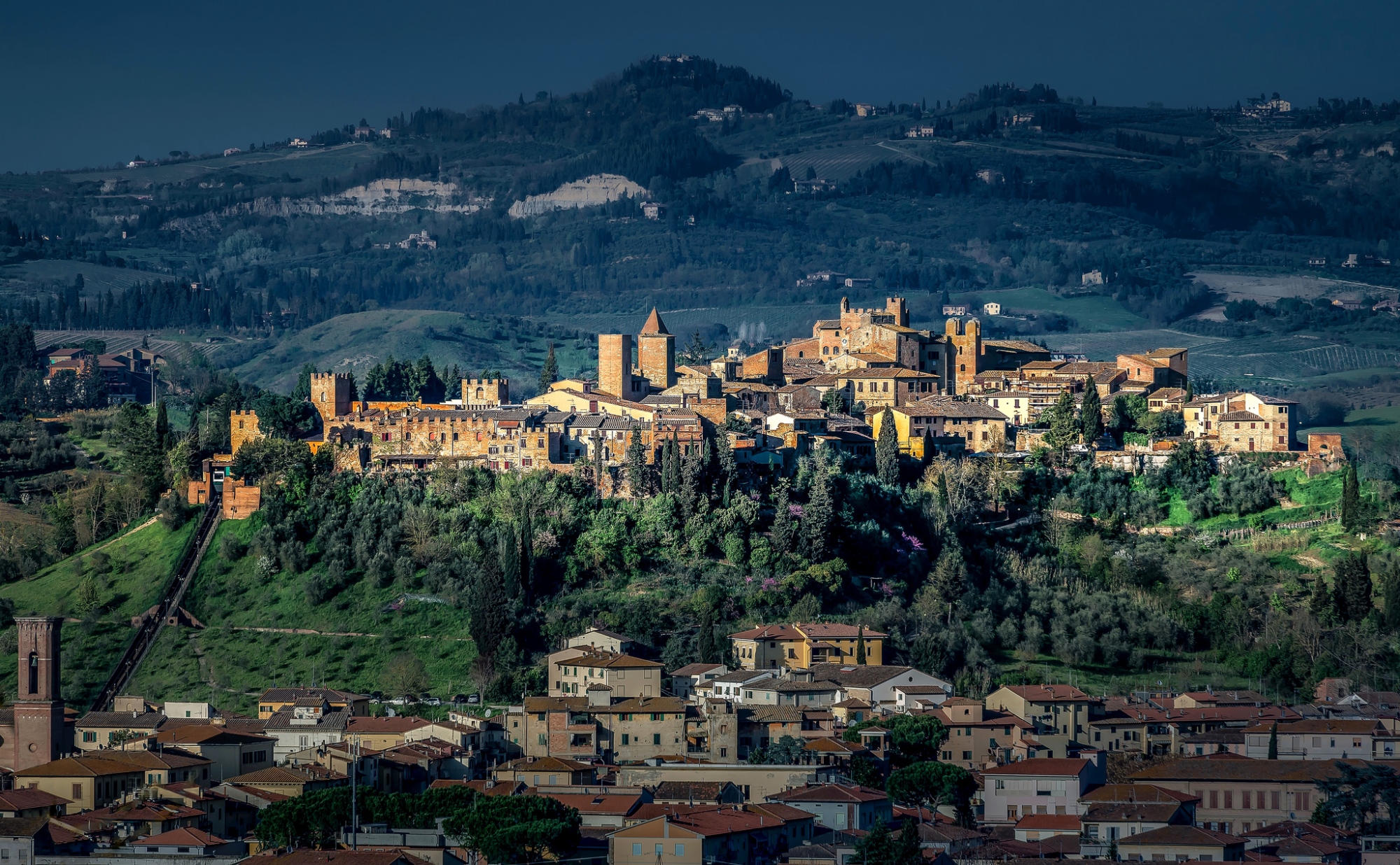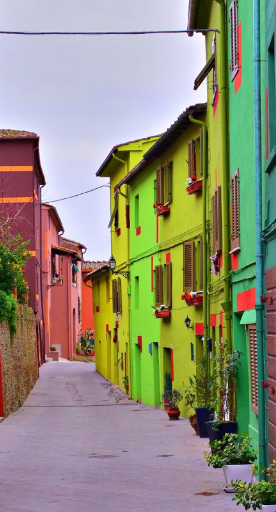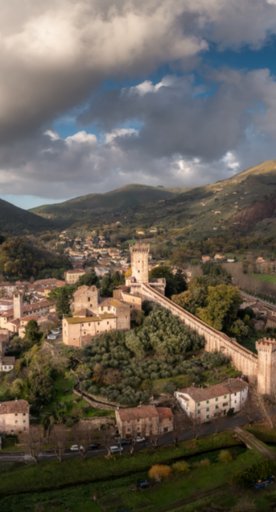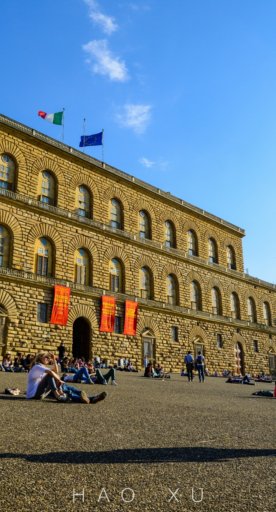

Certaldo, a medieval corner of Tuscany
Discover a precious ancient hamlet in the heart of Val d'Elsa
If you are travelling to Florence and have a chance to go on a trip around Tuscany’s hilltop towns, make sure you pay a visit to Certaldo, a fascinating medieval hamlet in the heart of the Val d'Elsa. Certaldo is without a doubt one of the most charming towns in Tuscany, situated approximately 35 kilometres southwest of Florence and 45 kilometres from Siena. Its name comes from the Latin term “cerrus altus”, which means “a rise covered in oak trees” and its origins date back to Etruscan times.
-
1.Main sights
-
2.Main events
-
3.Curiosities

Main sights
We can divide Certaldo into "Certaldo Bassa" and "Certaldo Alta". The first part is the newest area of the town, located in the lower zone, while the latter is the old part where you can find more of the major sights.
The town centre or “Castle”: the old centre is located within medieval defensive walls and entrance is gained through the ancient gates, known as Porta Alberti, Porta al Sole and Porta al Rivellino. To reach the town centre you can either walk or take the funicular railway. If you decide to go on foot, climb up along the lovely roads of Via Costa Alberti and Via Costa Vecchia or the more modern Via del Castello.
The funicular railway leaves from Piazza Boccaccio.
The main square: there is no main square here in Certaldo! In the Middle Ages, the main square was home to the town’s major buildings and local powers. But Certaldo is surrounded on all side by steep hills, so the religious, political, civil and commercial powers are spread along Via Boccaccio. There are small squares dotted throughout the walled town, but they are not ancient and were once private gardens.

Palazzo Pretorio (or “dei Vicari”): this palazzo can be considered as the symbol of Certaldo, with its brick façade, a clock tower to the right and the coats of arms in glazed terracotta, marble and pietra serena stone (some of them were made by Andrea Della Robbia). Each coat of arms represents the families of the vicars that lived and governed here. The prisons, meeting rooms, archive, chapel and private lodgings of the vicars can still be seen today. Don’t miss the San Tommaso and Prospero church, dating back to the 13th century, next to Palazzo Pretorio.
Museum of Sacred Art: originally a 15th-century Augustinian convent, this building was restored and converted into a museum in 2001. Here, you can admire works such as paintings, sculptures and sacred relics by distinguished artists dating back to the 12th century to the 16th century. There is also a frescoed refectory.
Palazzo Stiozzi Ridolfi: This palazzo is now closed, but its ancient walls can still be seen from the outside.

Main events
Mercantia: this is the largest and most famous festival in Certaldo. It is an international street art festival that takes place in Certaldo Alto in July. There are more than 100 shows per night with music, theatre, performances, circus, etc. To know more about the event, read this post.
Boccaccesca: Certaldo is a great place to enjoy Tuscan food, especially in September/October, when a festival is held that sells local products, offers cooking lessons in the streets and the whole town basks in a friendly atmosphere. It is called Boccaccesca in honour of Giovanni Boccaccio of course and includes cooking shows, pastry lessons, markets, wine tastings and educational children’s workshops in the streets.

Curiosities
The famous Tuscan writer Boccaccio, author of the Decameron and the Life of Dante was born here. You can still visit his red-brick house today, where he spent the last few years of his life. He was buried here in 1375 and there is a statue dedicated to him in one of town’s squares, erected in 1875. Today, it is also the headquarters of the Giovanni Boccaccio national institution.
One of the Tuscan products promoted by Slow Food is the Certaldo onion. Read all about it in this post. There are two varieties of this onion: the Vernina and the Statina, both wonderful in soups.















































































